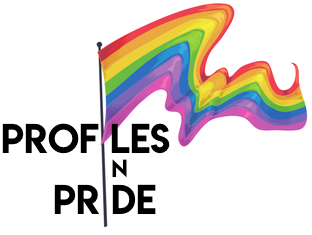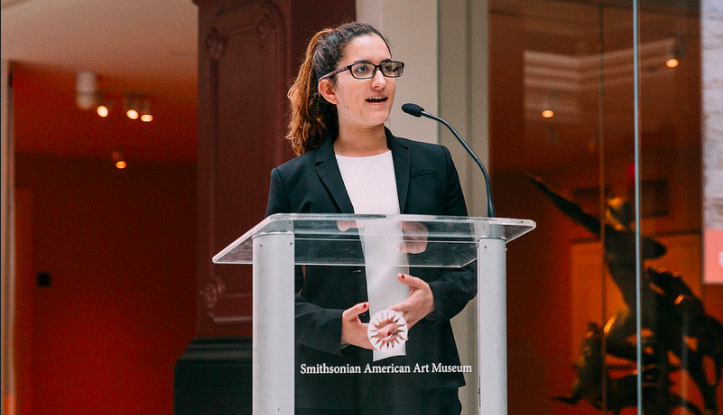Katie Sgarro knew she was lesbian by the time she was 11 years old, but growing up in a conservative, Catholic environment, she didn’t feel safe to come out.
When she was in college at the University of Pennsylvania, she met a fellow student named Sy. He had come to the United States as an LGBTQ asylum seeker, and Sgarro learned that for LGBTQ people in other countries, living authentically is much harder — and much more dangerous.
While things weren’t perfect here, she realized it was still possible to come out and live a full life, so Sgarro came out in her early twenties. Sy, on the other hand, was persecuted in his home country for doing just that. He suggested they create a resource for people like him who arrive in the United States and don’t know where to find LGBTQ-friendly services that are also accessible to asylum seekers, who often don’t have documentation or identification.
Together, the pair co-founded AsylumConnect, the first resource website and app for LGBTQ asylum seekers. The organization currently provides an online database of vetted services and resources ideal for LGBTQ asylum seekers specifically. What started as a small project blossomed into a tech nonprofit. Sgarro ran the organization as a volunteer president for four-and-a-half years, but this past January, after receiving a fellowship and more funding, she was able to hire herself as the first full-time staff member. The 25-year-old lives in New York City and hopes to grow the organization to have more full-time staff. They have resources listed for numerous states and are adding more as quickly as possible.
In the current political climate, this work has become even more crucial. Traditionally, asylum seekers were allowed to enter the United States and stay here legally until their case was processed. However, in December 2018, the Trump administration issued “Migrant Protection Protocols,” which requires asylum seekers at the southwest border to wait in Mexico until our immigration courts make a decision in their cases.
While an exception was recently granted for LGBTQ asylum seekers, this process is still extremely burdensome and requires people to out themselves in what might be unsafe situations, Sgarro says. In response, AsylumConnect recently released a specific page on their website to help LGBTQ asylum seekers traveling through Mexico and waiting at the Mexican border to find local LGBTQ-friendly resources and learn more about the U.S. asylum process. It’s available in Spanish and English.
This is Sgarro’s story of finding a passion for helping other LGBTQ people to live authentically and co-founding a unique resource to guide LGBTQ asylum seekers to safety.
Profiles in Pride: Before we dive into your work, what was your own journey to coming out as gay?
Katie Sgarro: The journey has played into where I find myself today. I’ve known that I was gay since I was 11, but I didn’t actually come out until age 22. It took me a while to say it. I think in the United States, a lot of people assume it’s super simple to come out, but if you come from a more conservative environment, it can still be difficult.
Growing up, I wasn’t exposed to any openly LGBTQ people. When you’re in that situation, the possibilities just didn’t seem there. Now I want people to be comfortable as early as possible. I think those of us that are now comfortable being out have a tremendous opportunity to be more visible to help give others hope. I always advocate for LGBTQ visibility because I think it can help other people in that situation.
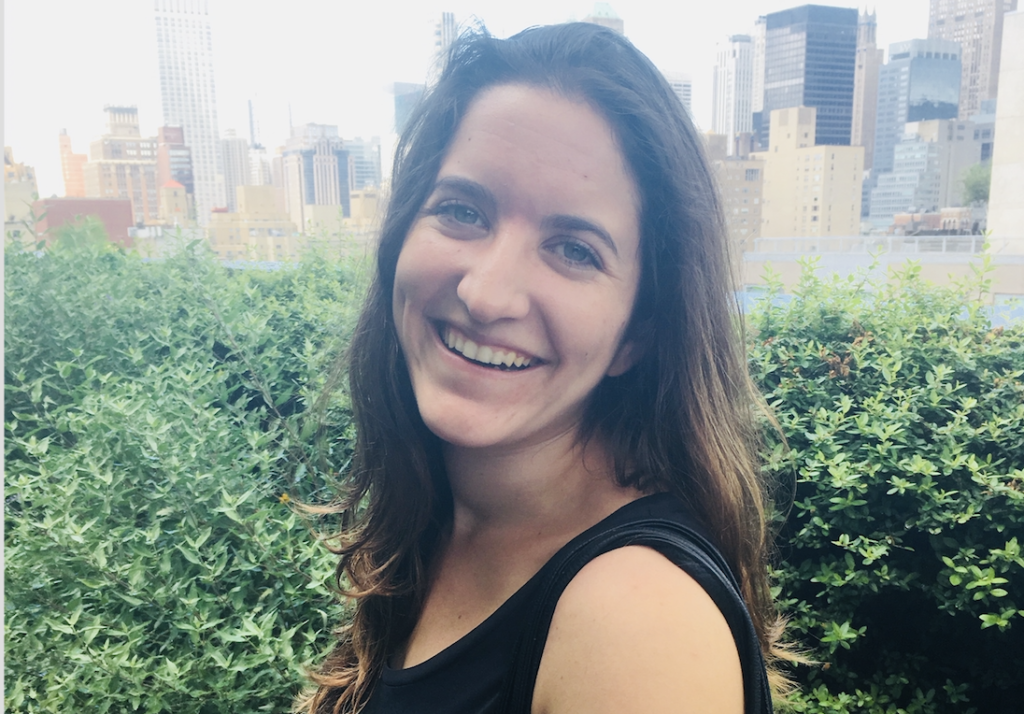
PIP: Definitely. So what led you to create AsylumConnect?
KS: I co-founded AsylumConnect when I was a senior at the University of Pennsylvania. My friend at the time, who was also a senior at Penn, was an LGBTQ asylum seeker and he came to me with the initial idea to create the first ever resource website and app for LGBTQ asylum.
The initial idea was borne out of his personal experiences coming to the United States as a young newly out gay person and not knowing where it was safe to go for help, for everything from legal help with his asylum application to housing, medical and community support. So we decided to create the first ever online lifeline for LGBTQ asylum seekers.
PIP: Why do so many LGBTQ people have to leave their countries and seek asylum here?
KS: It’s still illegal to be gay in 70 countries, and six countries actually have the death penalty. And in some countries it’s not illegal, but it’s incredibly unsafe. So LGBTQ people, or even people who are suspected of being LGBTQ in those types of environments, are subjected to everything from corrective action, like rape by government officials, to public humiliation, family ostracization or persecution within their family. From a day-to-day basis, it’s really not safe.
That’s something I think is extremely important to understand about LGBTQ asylum; it’s 100% a life or death issue.
Unfortunately, the alternative to being granted asylum is deportation, and if a LGBTQ asylum seeker is deported to their dangerous country, that’s when they will likely be murdered or face severe violence, because it’s that unsafe. So I think that’s really important context to understand, especially in the current political climate.
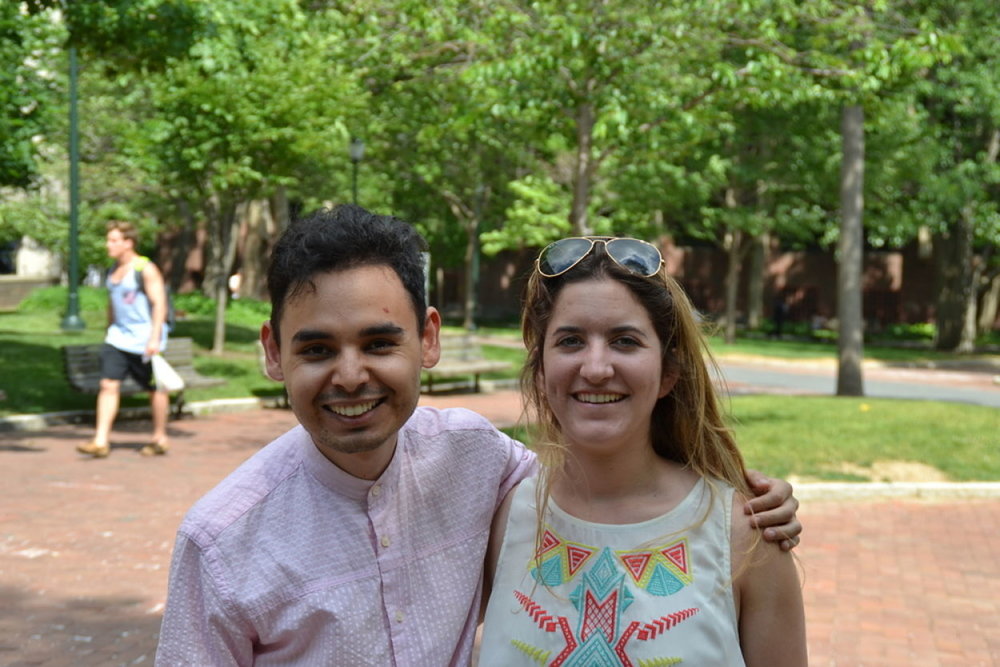
PIP: How does being LGBTQ make the experience of seeking asylum different?
KS: We decided to specifically focus on LGBTQ asylum seekers because we consider them to be almost double-marginalized. If you think about someone as an asylum seeker, often the challenges are they can’t work for at least six months (until they receive their employment authorization document), they face translation and cultural barriers, and they don’t have basic documentation, which will limit the scope of services available to them.
But for LGBTQ aslylum seekers, they not only face those general challenges, but they’re also facing challenges in terms of being a newly out LGBTQ person and fearing that “help” might discriminate against them due to their sexual orientation or gender identity. A lot of LGBTQ asylum seekers arrive in this country with hope but are left wondering, “Is this immigration service going to be LGBTQ-friendly or affirming?”
We really found this niche need in terms of making sure that resources we list on our website and app are verified to not only be accessible to asylum seekers — someone who doesn’t have documentation or might need more cultural competence — but they’re also LGBTQ-friendly and they’ll be welcoming to a trans asylum seeker, an HIV positive asylum seeker, a gay asylum seeker, etc. I think both parts are really important.
For example, news came out that during the recent migrant caravan journey, the LGBTQ people in that carvan actually split off into their own because they were facing discrimination from fellow asylum seekers. Unfortunately, that phenomenon of facing extreme marginalization due to your LGBTQ identity didn’t surprise us at AsylumConnect, because that’s really why we built the platform. LGBTQ asylum seekers really deserve their own tailored resource.
PIP: How do you find and vet the resources you list?
KS: We have a tailored verification process, and it’s on our website in detail. We have volunteer data managers who look for three core things before we actually list an organization. The first obvious thing we look for is whether or not the resource is active. Sometimes nonprofits will go out of business, and grassroots organizations might not have the capacity to take on new clients.
We also look for two other things that are a bit more subjective. The second is, is the resource LGBTQ-friendly? For example, we try to get in touch with the organization by phone or email. We have one of our volunteers ask them, “Do you have a history of serving LGBTQ individuals? Is that something your staff is comfortable with?”
We also look for more tangible things, like does the resource employ a nondiscrimination policy that includes protection for individuals of all sexual orientations and gender identities? Or does the resource offer services directly serving the LGBTQ community? Like if you imagine an LGBTQ center, they’re advertising themselves directly to be LGBTQ-friendly.
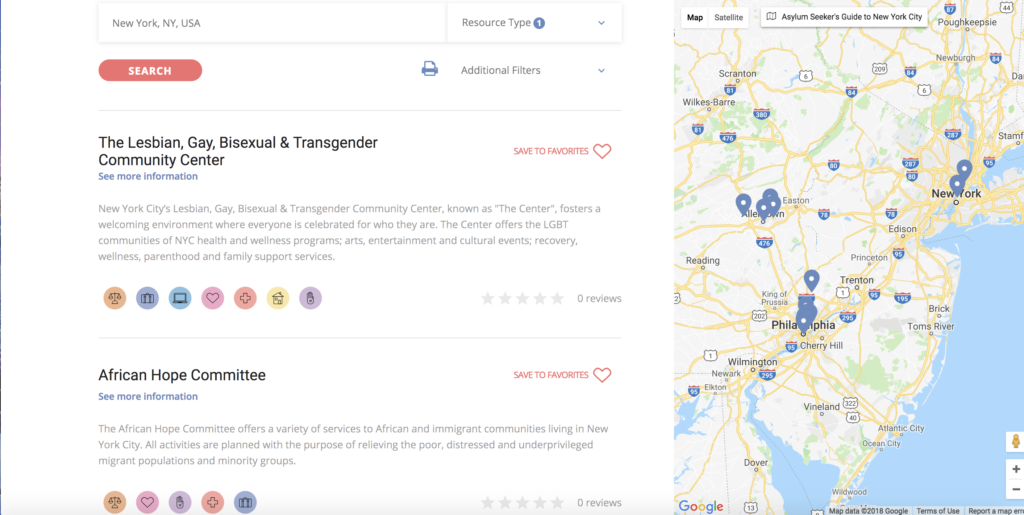
The third part we also look for is, are they accessible to asylum seekers? For example, does the resource require certain documentation of its clients in order to access services? A lot of asylum seekers won’t have a photo ID, proof of income, proof of residence, etc. so we look for that to make sure that if you’re an asylum seeker, you actually will be able to go through the intake process or be able to be served by the organization.
We also reach out and ask if they’ve worked with asylum seekers before, and about their cultural competence understanding and protocols. That means organizations that have expertise or have been trained in terms of working with people who are coming from other cultures and backgrounds. A big one for us is language capabilities; we look for organizations to have translation services. It’s not a requirement for organizations listed in our resource catalog, but we include a note on any available translation services on each organization’s catalog profile page. We also ask if the resource offers some or all of its services for free.
Once the organization has been verified to meet our three core criteria, that’s when the organization will be listed on our website.
AsylumConnect is open source and community-centric technology, so we actually encourage all of the organizations listed on our database to register for a free service provider user account so they can take ownership over their listing and add or edit services as needed. Because they’re the ones on the ground, this type of functionality will expedite updates and help to keep our data as accurate as possible.
PIP: I know the Trump administration has made it so that people can no longer come to the U.S. while they’re waiting for their asylum. Can you talk about why this is problematic?
KS: Yes, that represents one of the largest departures in U.S. asylum law in history. Recently, a memo was circulated that granted exemptions to LGBTQ migrants, pregnant women, and people facing serious medical conditions, from being returned to Mexico. Mexico remains a dangerous place for LGBTQ people, and it’s a horrendous policy to send someone who identifies as LGBTQ back to Mexico where it has been documented to be especially unsafe. There are actually LGBTQ people who flee Mexico to seek LGBTQ asylum in the U.S.
The problem with the exemption is it’s ultimately forcing LGBTQ people to come out at the border. Because how do you know someone is LGBTQ? They have to present themselves, and that can be an extremely traumatic and emotional situation. This is someone who has fled anti-LGBTQ persecution, and as a result, has likely been discreet or nonverbal about their gender identity or sexual orientation.
They’ll be faced with a border officer, in a new country, where they probably have language barriers. They don’t know if the person on the receiving end is LGBTQ accepting, and now they’re being forced to come out in order to get the exemption, because the alternative is being sent back to Mexico. I definitely think the exemption is not enough; it’s putting way too much pressure on LGBTQ asylum seekers. We strongly oppose the “Remain in Mexico” policy.
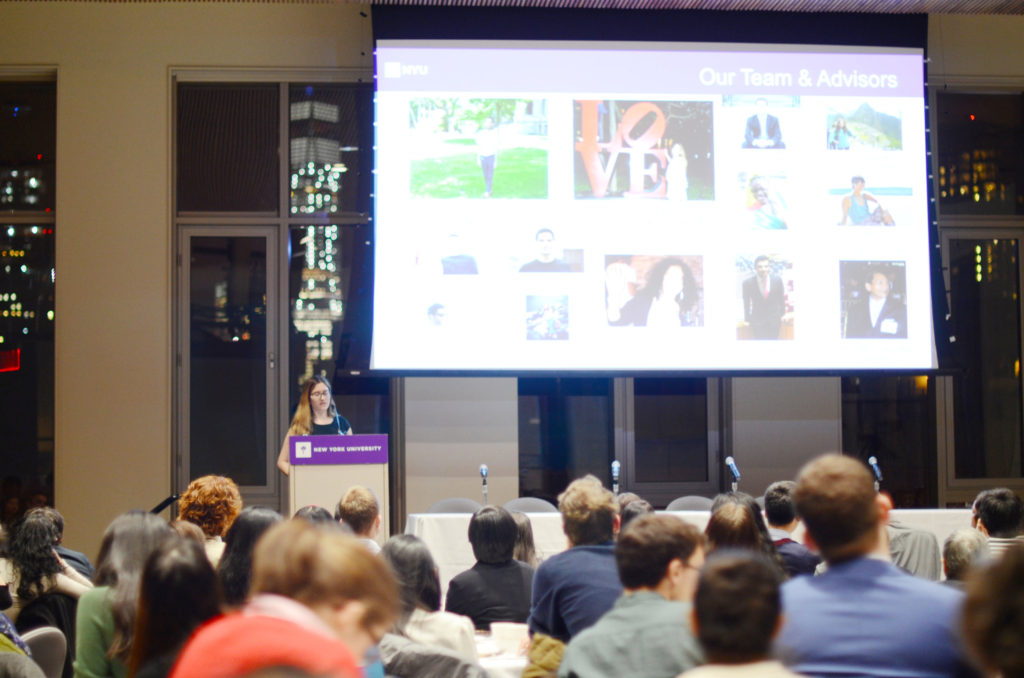
PIP: Are you advocating for all asylum seekers to be able to stay in the United States while everything gets resolved?
KS: 100% yes. That is both domestic and international law. The asylum process is based on the premise that someone who’s fleeing persecution in their home country will be able to seek asylum and stay in the country throughout the entire process, which unfortunately now due to the immigration court system backlog, can take years. Having people wait in Mexico is not only extremely disruptive to the process, but it is often dangerous. Where are asylum seekers forced to wait in Mexico going to go?
The problem our resource catalog tries to solve in the United States — people will face these problems in Mexico, especially if they’re LGBTQ. But there are also logistical concerns, like how will they get in touch with a US-based attorney, how will they have in-person meetings, how will they be able to travel from Mexico to their hearing date, or how will they even get the information of when the hearing date is? The implications and logistics of this policy are still relatively unknown and just really messy, and it’s clear to anyone in this space that it wasn’t really thought through.
PIP: How can people help AsylumConnect or get involved?
KS: There’s a resource suggestion form on our resource catalog, where anyone who’s aware of an immigration service or an LGBTQ service in their area can suggest it for our data management team to take a look at and then verify. That’s always really helpful because we’re trying to scale our resource database across the country as quickly as possible.
We also just released a “share your story” page on our website to collect anonymous stories from LGBTQ asylum seekers and asylees (those who have successfully received asylum) to help raise awareness for the life or death implications of this issue. We also encourage service providers and lawyers who have experience working with LGBTQ asylum seeker clients to share their stories as well. Stories will be shared anonymously on our website and social media to raise awareness for LGBTQ asylum seekers and global LGBTQ rights.
Learn more about how AsylumConnect works and donate to help their work.
